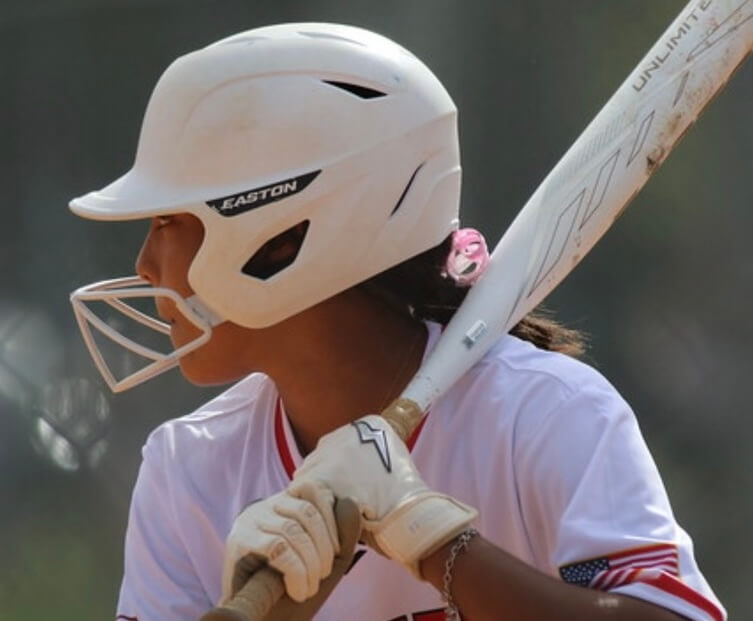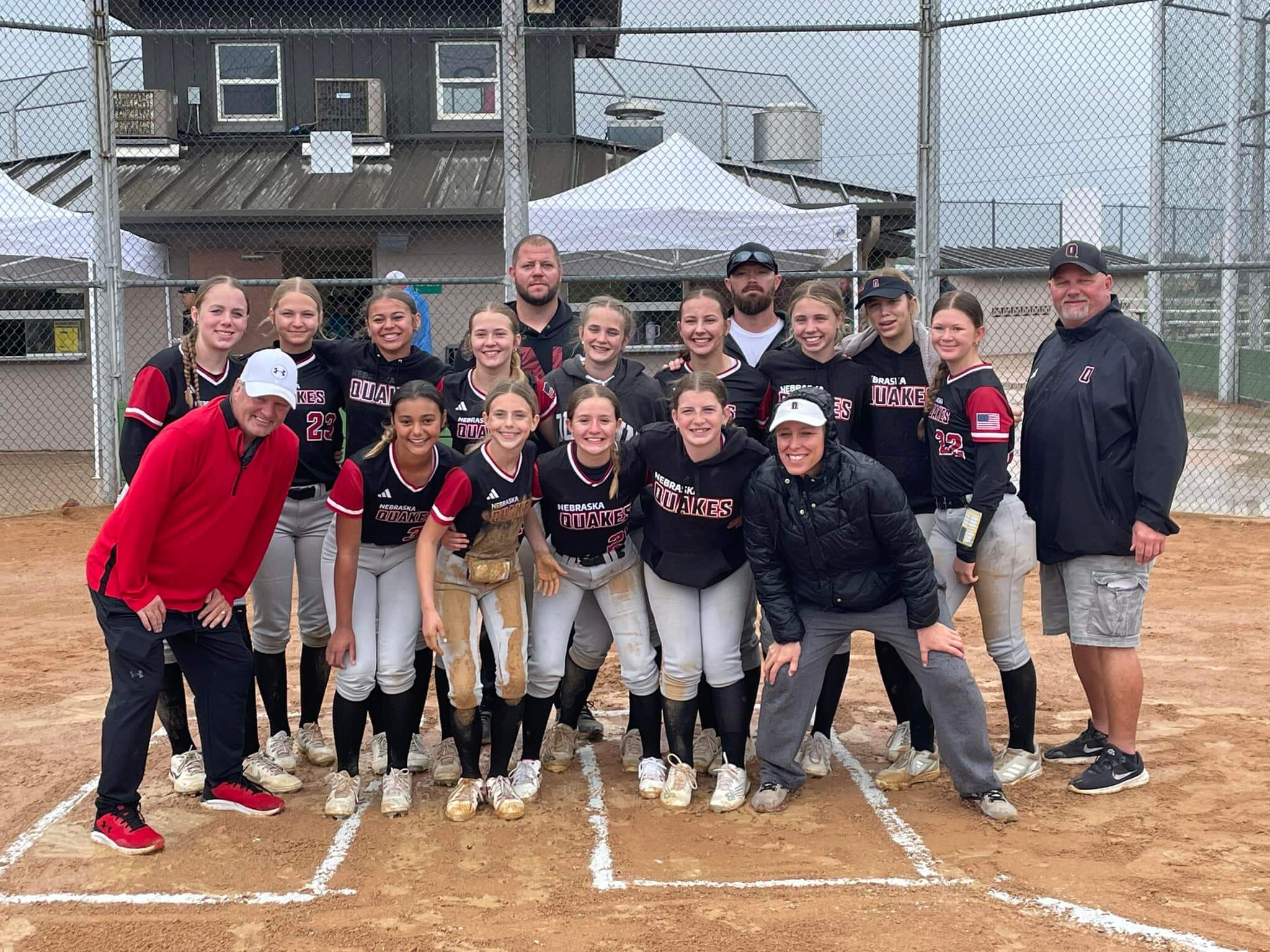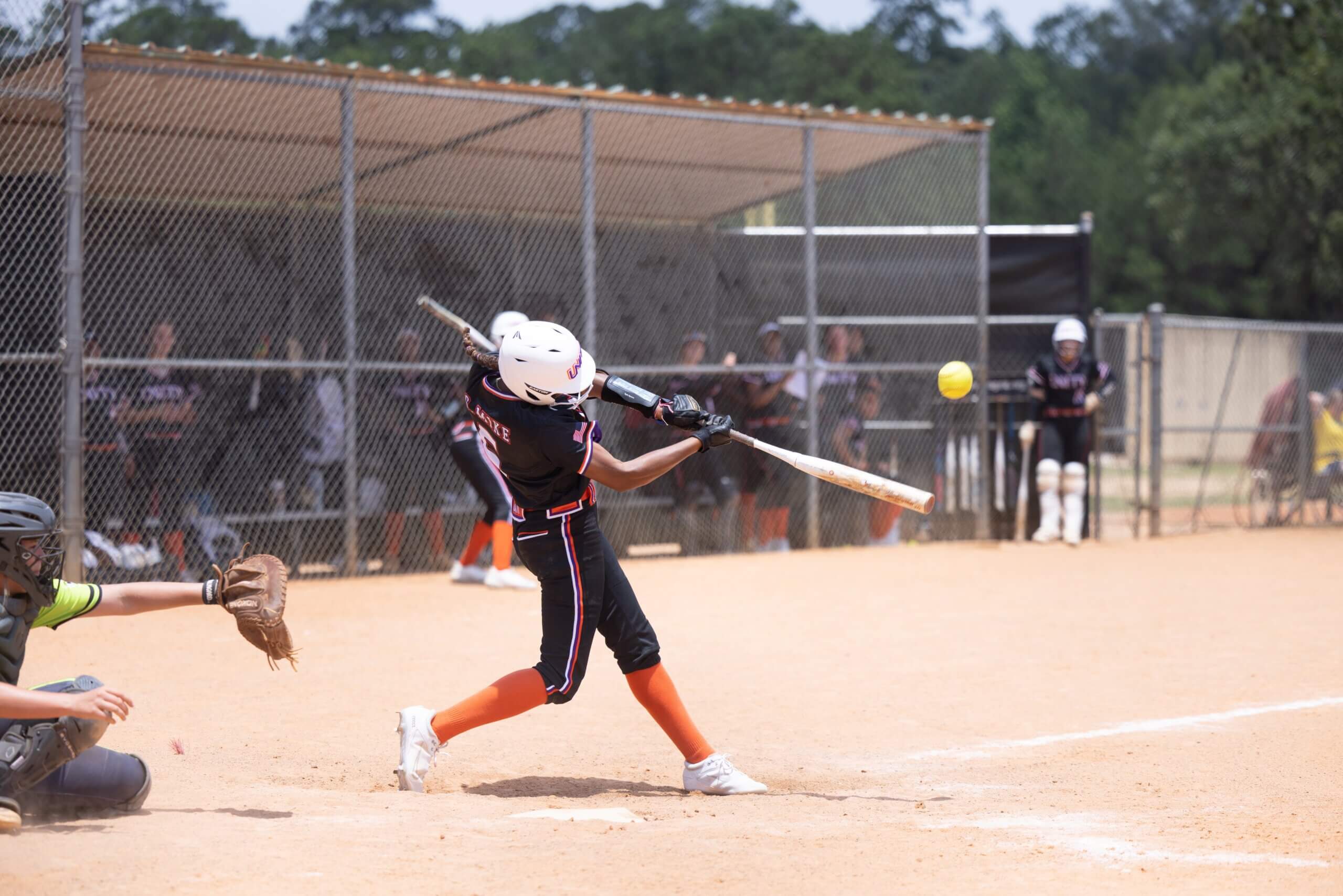
Extra Inning Softball has partnered with former DI softball coach Julie Jones (Akron, Cleveland State) and current Mental Performance and Mindset Coach to help give athletes, coaches and others in the softball world the “Mental Edge.”

Julie spent 26 years leading Division I softball programs with her mission being simple: to build smarter students, stronger athletes and better people.
Today, she also serves as an Adjunct Professor at Ursuline College teaching well-being and performance, mindset training, athletic coaching and career development courses in both the undergraduate and graduate studies programs.
Continuing her work of helping student-athletes reach their goals on and off the field, Julie regularly sends Mindset Made Simple Tips to players and coaches across the country as well as posting them on her site, SSB Performance.
Today’s “Mindset Made Simple Tips” explores the amazing advantages that come from mental rehearsal and how it’s been such a great tool helping in the success of many great athletes!
Here’s this week’s Mental Edge if you’d prefer to watch it:
*****
You read that title right! 90% of Olympic athletes use MENTAL REHEARSAL…and even more impressively, 97% of them believe it helps their performance (Murphy, et.al, 1990).

And this data is from 1990??? What do you think the percentage is now knowing the shift toward the importance of the mental game?
- Hank Aaron imagined the pitches he was going to see.
- Jack Nicklaus has been quoted as saying that he never took a shot without seeing it first.
- Michael Phelps won a gold medal with his goggles full of water and attributes his success despite the obstacle to “seeing” himself swim with this happening, knowing it was a possibility!
We all see something in our mind’s eye. And we need to learn to use it to our advantage!
Did you picture yourself hitting the winning run in the World Series or making the winning catch in the Super Bowl as a kid? Or maybe pictured yourself performing in front of a stadium full of raving fans (no, just me? 😊).
The point is, we see in pictures…and the pictures we see matter. They can make us better…or worse…but all of us can build the same skills used by the greats mentioned above to improve our performance!
It’s our job to utilize the untapped potential within our minds and the minds of those we lead to enhance skill, preparation, emotional control and more! Through mental rehearsal, we can create a mental roadmap that can help us improve and adjust our physical skills, navigate challenges and visualize success.
Mental rehearsal, imagery, visualization…whatever you want to call it, involves mentally simulating an action or skill without physically performing it. This technique has been embraced by psychologists, coaches, and athletes alike, with compelling results.

According to Dr. Richard Suinn, a pioneer in sport psychology:
“Visualization allows the brain to send a message to the muscles about what to do. It’s essentially a form of mental practice that can enhance physical performance.”
Mental rehearsal does not replace actual practice, but study after study has proven that when paired with practice, performance is improved. AND mental rehearsal alone does improve performance over nothing at all…as with those who cannot physically practice or compete.
Last week I mentioned my use of mental rehearsal as I was moving through my time fighting breast cancer.
I have no empirical data to prove my work changed my outcome, but numerous studies have substantiated the effectiveness of mental rehearsal.

Dr. Guang Yue, an exercise psychologist at the Cleveland Clinic, conducted a study where participants performed “mental contractions” in the little finger abductor as well as in the elbow flexor muscles. Remarkably, the participants gained strength, showcasing the tangible impact of mental rehearsal on physical capabilities.
But who has time to add in this training? WE ALL DO!
Mental rehearsal does not demand you sit crisscross applesauce for 20 minutes and imagine rainbows and lollipops but it does demand that you see WHAT YOU WANT. Studies of those who see images of trying not to miss, to no surprise, don’t fare as well. Even mentioning or trying not to imagine the bunker disrupts concentration and increases your chances of finding it!
Mental rehearsal can be used ANYWHERE. Yes, you can relax, lay in a comfortable position and rehearse tomorrow’s performance. It’s even better if you use it everywhere.
Here are a few places and ways!
#1. RELIVE IT:
Have athletes tell you about their “best ever” performance in FULL detail. Have them include what they felt emotionally and physically (the tension in their muscles, the butterflies in their stomachs, the way their hands felt on the bat, the intensity and quickness, etc.).
Have them get a VERY clear picture of what they saw around them and felt from the environment. Have them recreate what they heard and what they smelled (the stink of their batting gloves, etc.). Have them describe it all in vivid detail. Then ask them to RELIVE it!
This helps them remember what they WANT to think, feel and act like and helps them stay focused on the sensations and actions associated with playing well!

#2. RESCRIPT IT:
Mistakes happen and we like to relive them. Instead of carrying these images along to our next opportunity, we can use them to make us better.
We can imagine what didn’t go as planned and figure out what to do better the next time. We then rehearse it as it should be. This helps direct our thoughts, feelings and actions toward what we want instead of what we are trying to avoid.
#3. PRE-EXPERIENCE IT:
Being there before we get there makes a difference! Before my teams head out to their first competition, we look at pictures of the facility and imagine making plays, running the floor, managing our emotions and experiencing the environment.
To make this even more effective, we can move our bodies as we would in the facility and imagine what will happen as we throw, kick, shoot, etc.
No matter how we “see” what we want, we must focus on process BEFORE we see the outcome, although watching the skill or play through to the end is important.
Studies show that athletes who focus on the movement directly related to skill, like where the hand goes as you take a shot performed significantly better than those who watched the ball as it sailed to the hoop.
Thus, focusing on the actions needed to get things moving is more important than watching what the action creates.
*****
Three final things to consider are timing, perspective and frequency.
Timing
The pace of our rehearsal can vary. As we are learning a new skill, watching in slo-mo can help athletes see the specifics and make a mental map of what they are doing. In other situations, rehearsing in real-time, meaning in the time the skill takes in real life, helps athletes improve timing, consistency and confidence.
Holmes and Collins (2001) in their PETTELEP model of imagery contend that:
“If motor preparation and execution and motor imagery access the same motor representation then the temporal characteristics should be the same.”
So if attaching the goal takes 6 seconds, we should run through it in the same time it takes on the pitch. And if a race takes 12 seconds, we should be able to set a clock and time it to the time we want to run!
As you teach this skill (to yourself or others), it may be helpful to evaluate your rehearsal skills (see the Sport Imagery Ability Questionnaire). This can give you a picture of where your skills can improve…and we can all improve!
Perspective
The next question is, which way do you see yourself? Do you watch as if you are looking out of your eyes or like there is a GoPro on your head (internally)? Or do you watch yourself on a movie screen (externally)?
Either way works…and learning to do both is even better. Watching internally allows you to see AND feel your experience. This can help when you are pre-experiencing the emotions and feelings you anticipate as the big game approaches. It also helps as you work in “real-time”!
Watching yourself on a movie screen can be used to enhance confidence and pick out areas to improve. As you relive your Top 10 ESPN plays, watching yourself perform can enhance positive emotion, motivation and confidence. You can also “see” the nuance of skill as you watch yourself perform flawlessly!

Frequency
Finally, as I mentioned earlier, it doesn’t take a “monk-like” practice to use this tool. Use it as you approach the plate, sit at a traffic light, stand at the foul line, lay in bed the night before or as you foam roll pregame or post.
No matter when you use it, it is worth the time and effort!
If you want to add it to practice, have a mental rehearsal station, give a few minutes pre-practice to have your athletes rehearse the skills, drills, routines and plays they will be performing. A few minutes after practice can help them imbed the lessons learned, rescript and leave the “bad” behind and relive what worked so they leave with a mental blueprint that builds on what we want! More is better than less, like most good things.
From lying on the floor of Dr. Zeigler’s office, to studies at one of the world’s best hospitals, to the Olympic Training Center to your practice…this tool works. It’s a skill everyone can use and improve!
By incorporating mental rehearsal into our coaching strategies, we not only enhance performance but also build mental resilience, enabling our teams (and ourselves) to navigate challenges with a positive mindset.
When we are rehearsing what we want, we can’t be thinking about other stuff that keeps us from being our best.
Whether it’s before a game, a presentation, or a critical meeting, a few moments of focused mental rehearsal can make a significant impact.
By focusing on positive outcomes, we are priming our brains and our bodies for success…and who knows, maybe we will find success like those Olympians and so many other champions who swear by it!
Here is to managing what we see and moments!!
Julie
To learn more from Julie check out her social media sites below; to contact her personally, she can be reached via email at: [email protected]
SSB Performance:
Website: www.ssbperformance.com
Facebook: /ssbperformance
Twitter: @SSBMindset
Instagram: /ssbperformance
COPYRIGHT © 2023 Extra Inning Softball TM
Check out our other EIS links:
Find us on Instagram ~~~ Find us on Twitter ~~~ Find us on Facebook
EIS Online Store ~~~ Sign up for our Newsletter ~~~ Check out our Team Subscriptions
Check out our latest Podcasts ~~~ Advertise with Us! Check out our Rate Card











